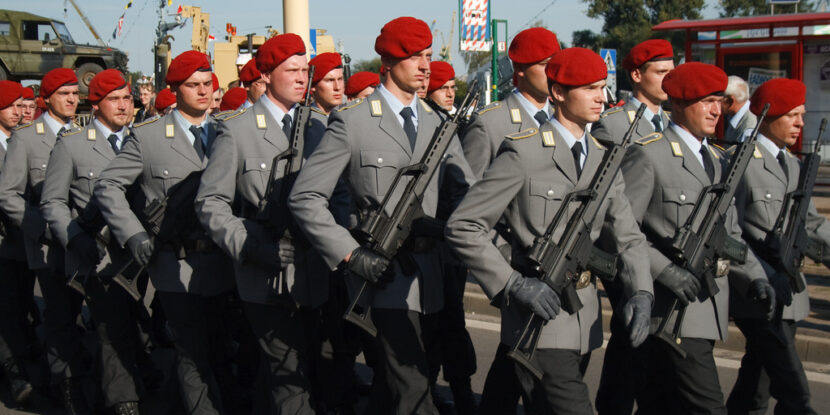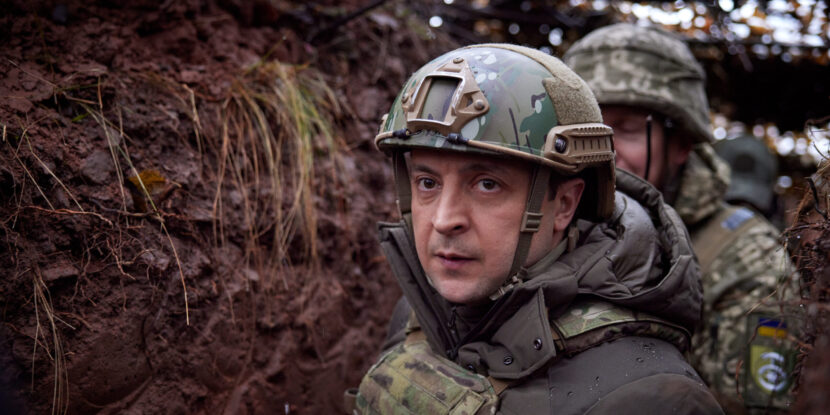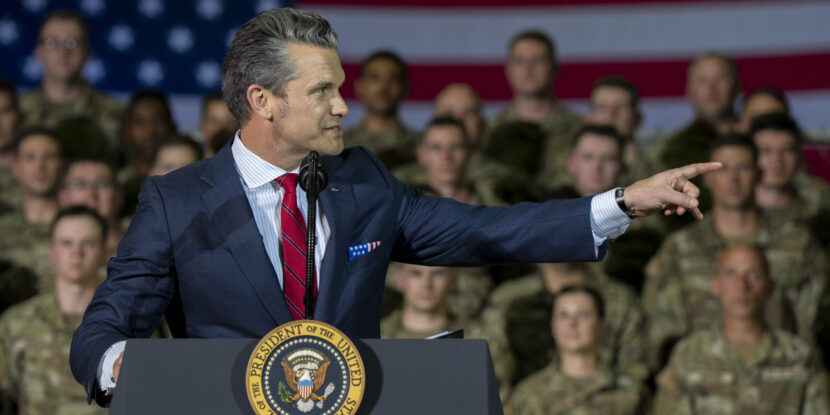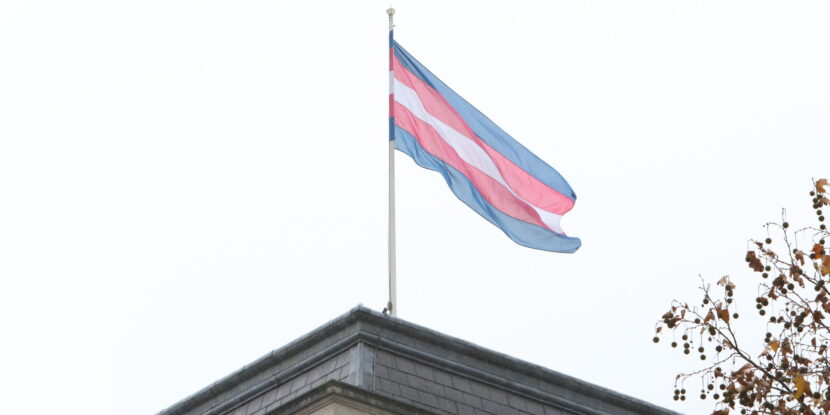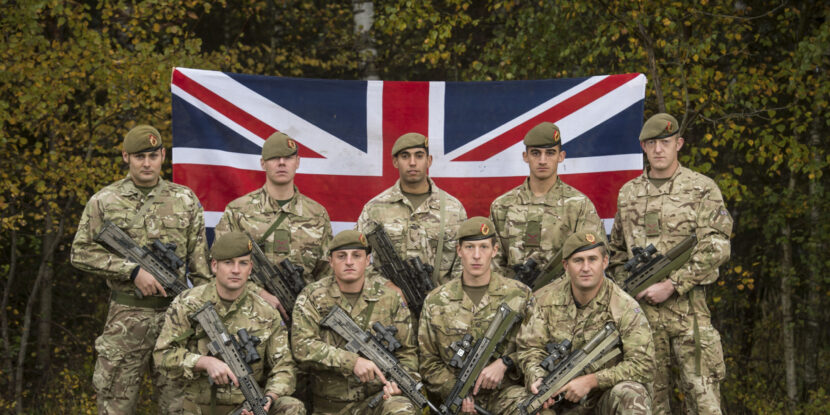🧠 PULSE POINTS:
❓WHAT HAPPENED: Vice President JD Vance says Putin “doesn’t quite know how to get out of the war,” creating an “impasse” that President Trump hopes to break in a direct call with the Russian leader.
👤WHO WAS INVOLVED: VP JD Vance, President Donald J. Trump, Russian President Vladimir Putin, Ukrainian President Volodymyr Zelensky, WH Press Secretary Karoline Leavitt.
🧾KEY QUOTES:
“Are you serious? Are you real about this?” – JD Vance on Trump’s expected question to Putin.
“Putin… doesn’t quite know how to get out of the war.”
“We’re still more than open to walking away.”
⚠️FALLOUT: Despite prisoner swaps and tentative proposals, Vance admits peace talks have stalled. Zelensky blasted Putin for failing to show up in Turkey.
IN FULL:
Vice President JD Vance told reporters Monday that Russian President Vladimir Putin “doesn’t quite know how to get out of the war,” as President Donald J. Trump prepared to confront him in a direct call scheduled for 10 AM. ET.
Vance, speaking aboard Air Force Two, said Trump would ask Putin if he is “serious” about ending the conflict in Ukraine, stressing that America will not “spin its wheels” in a futile negotiation.
“The talks have been proceeding for a little while. We realize that we’re at a bit of an impasse here,” Vance said. “I think the president’s going to say to President Putin, look, are you serious? Are you real about this?”
He described the state of negotiations as uncertain, noting that Putin “has made some concessions” but added, “We feel like we’re at a point where we’re hitting an impasse, and that’s why the president is talking to him on the phone.”
“I’m not sure that Vladimir Putin has a strategy himself for how to unwind the war,” Vance said. “I think, honestly, that President Putin, he doesn’t quite know how to get out of the war… I think the president would agree with that.”
Vance confirmed Trump’s willingness to disengage if the peace process proves unserious: “We’re still more than open to walking away,” he said. “We want to see outcomes.”
He said the U.S. was pleased to see the two warring parties “put a real peace proposal on the table” and begin to engage in face-to-face discussions. While Putin himself did not attend last week’s meeting in Turkey, both Russian and Ukrainian delegations met and reportedly agreed to a large-scale prisoner swap.
Ukrainian President Volodymyr Zelensky, who has agreed to meet with Putin, accused the Russian leader of cowardice for sending a “low-level” delegation, saying Putin was “afraid.”
White House press secretary Karoline Leavitt echoed Trump’s sense of urgency, telling The National Pulse that the president has grown weary and frustrated with both sides of the conflict.
Vance said Trump is ready for the moment: “I was just on the phone with him. I know he’s looking forward to it… I think he’s the right guy to negotiate for the country.”
show less
